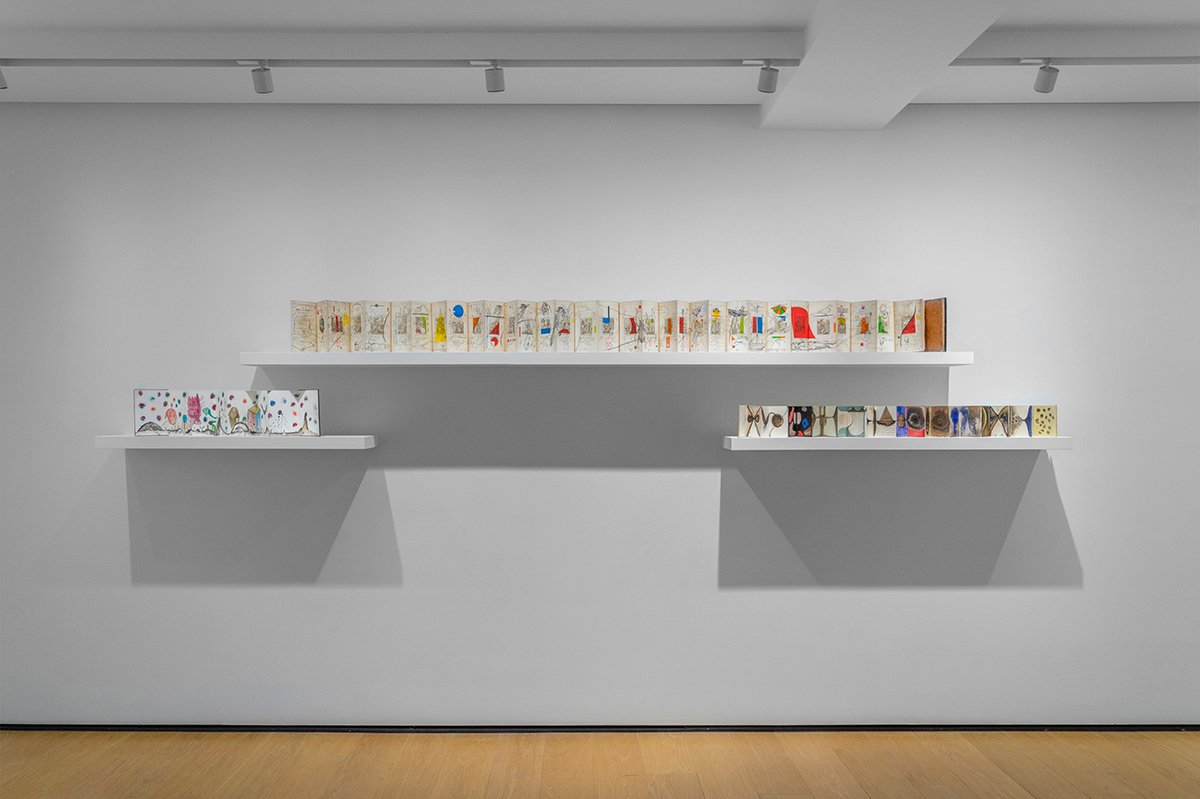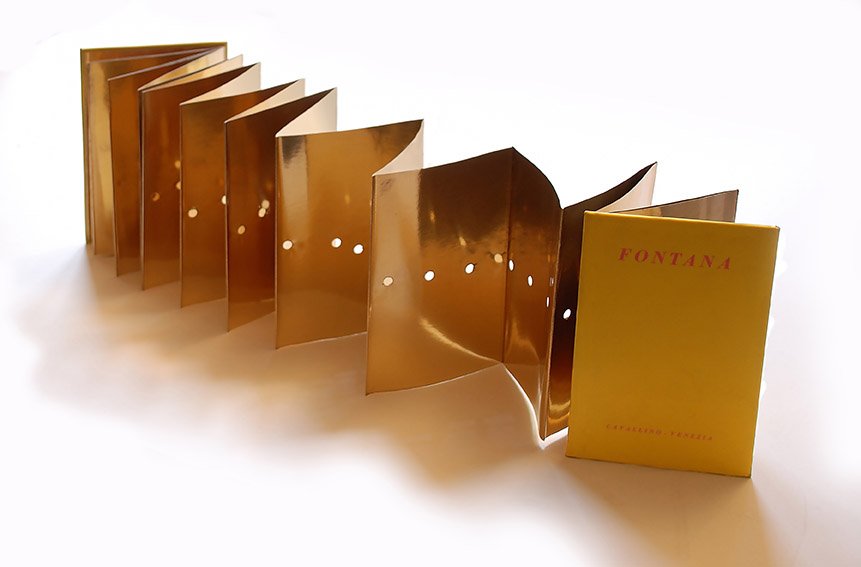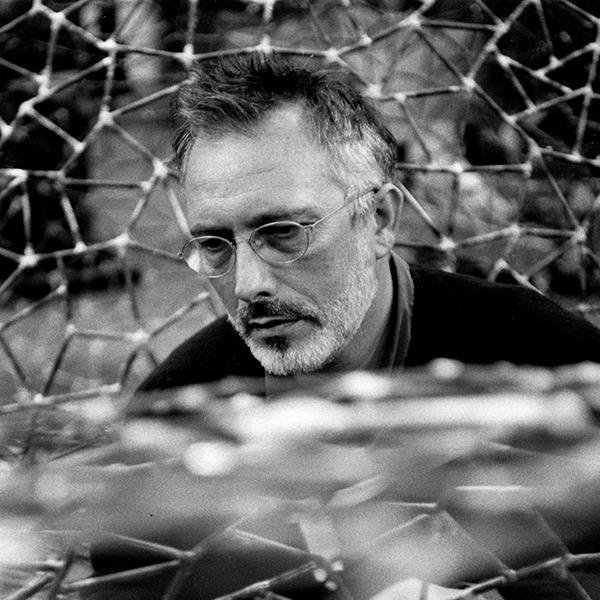Opus liber
04.04.2024 – 01.06.2024
From April 4th to June 1st, 2024 BUILDING TERZO PIANO presents the group show Opus liber curated by Angela Madesani, a journey into the history of art through the book, with a significant selection of book-artworks, from the last sixty years.
The exhibition brings together a selection of artworks, in the form of books, by internationally renowned artists, including: Vincenzo Agnetti, Yuval Avital, Carlo Benvenuto, Alighiero Boetti, Michele Ciacciofera, Daniela Comani, Marilisa Cosello, Fabrizio Cotognini, Thomas De Falco, Lucio Fontana, Sabrina Mezzaqui, Elena Modorati, Maurizio Nannucci, Luca Pancrazzi, Giulio Paolini, Elisabeth Scherffig, Serena Vestrucci, Giorgio Vigna.
The main characteristic of a book-artwork is to have been created solely under the artist’s responsibility. For these reasons, each of them is a pivotal moment of the speculative and operative practice of the exhibited artist.
Opus liber presents different perspectives on the artwork-book, produced with different materials ranging from paper to cloth, and through a plurality of languages: from Indian ink drawing to painting, from cutter engraving to typewriter, from printing to embroidery.
From a chronological point of view, the first work presented in the exhibition is Concetto spaziale (1966) by Lucio Fontana, created in collaboration with Galleria del Cavallino in Venice. The gesture of puncturing, here performed inside a golden leporello, refers to spatiality, to the cosmos. Also made of gold is Maurizio Nannucci‘s leporello, NOMOREEXCUSES (2016), the phrase that appeared in 2013 in the installation at the Stazione Leopolda in Florence, created by 277 points of light placed on the ceiling. There are other leporellos on exhibit, such as the one with fairy-tale tones by Yuval Avital, which recalls a musical score, or the one with a naturalistic flavour by Michele Ciacciofera.
A provocative perspective of the book conceived as a bearer of knowledge of humankind and of the world is given by Vincenzo Agnetti; in 1969, in a moment of rebellion and subversion of any form of tradition, he released a book ‘forgotten by heart’, with an oxymoronic expression, whose paper interior was completely cut out.
The Dossier postale (1969-70) by Alighiero Boetti, to whom an exhibition was dedicated years ago in the prestigious premises of Brera Academy, presents 181 grey folders containing a great deal of material referring to dispatches made and collected by a progressive protocol numbering, organised by Clino Castelli.
The exhibition also includes two books by Thomas De Falco, placed in a special display created by the artist himself. Sabrina Mezzaqui‘s book, Che tu sia per me il coltello (2014), which is placed inside a showcase, is also presented in a precious setting: in this case, the artist has cut the lines of David Grossmann’s book of the same title, which tells of an intense love, even if it is only experienced through correspondence.
Daniela Comani has always conducted a significant research on the topic of gender, here proposed with the book Die Antichristin da Friedrich Nietzsche (2007/2017); in this book, the original masculine title is transformed into a feminine one, succeeding in changing the point of view.
A special showcase will also host some of the many books created by Luca Pancrazzi over the past forty years; volumes in different formats in shades of black, within which the landscape dimension prevails.
Serena Vestrucci‘s books were born as pastimes: they are the result of a certain freedom of her artistic endeavour. Her interventions are made on existing illustrated books.
Sei illustrazioni per gli scritti sull’arte antica di Johann J. Winckelmann (1977) is one of Giulio Paolini‘s most significant books, in which the author’s research comes into direct contact with classicism and one of its greatest scholars. The reference to antique revisited in a contemporary key is also at the core of Fabrizio Cotognini‘s research, in which drawing assumes a privileged role.
For the German artist Elisabeth Scherffig, drawing is the medium from which her creative research starts. Drawings of a geological nature made on tracing paper in which each page is closely connected with those that follow and precede it.
Compleanno (2016-2017) by Marilisa Cosello is a book-work created using different media and focusing on the theme of identity, in a narrative dimension in which worlds develop on the borderline between real and imaginary, between biography and fiction.
Giorgio Vigna‘s Cosmografie, a large dimensions book, is realized through ‘aquatypes’, in which the emergence of unpredictable, primary forms gives life to worlds in which the beholder is called upon to participate through journeys of the eye and soul.
Si tu oblitus es (2017) is the title of Elena Modorati‘s white-on-white book in which the artist delves into the depths of paper to create organic shapes that recall tears in a dimension of a mnemonic nature.
At last, writing is the protagonist of Baal (2011) by Carlo Benvenuto: a dialogue typed on old record sheets.
Opus liber is a review, through which an attempt is made to summarize one of the most refined and complex creations of some twenty Italian and foreign artists, presenting mostly unpublished works. The book work in many cases does not pass through the doors of the artists’ studios and is here, instead, unveiled and presented to those who have the curiosity to look into a world that in our country, in many ways, is still undiscovered.




















